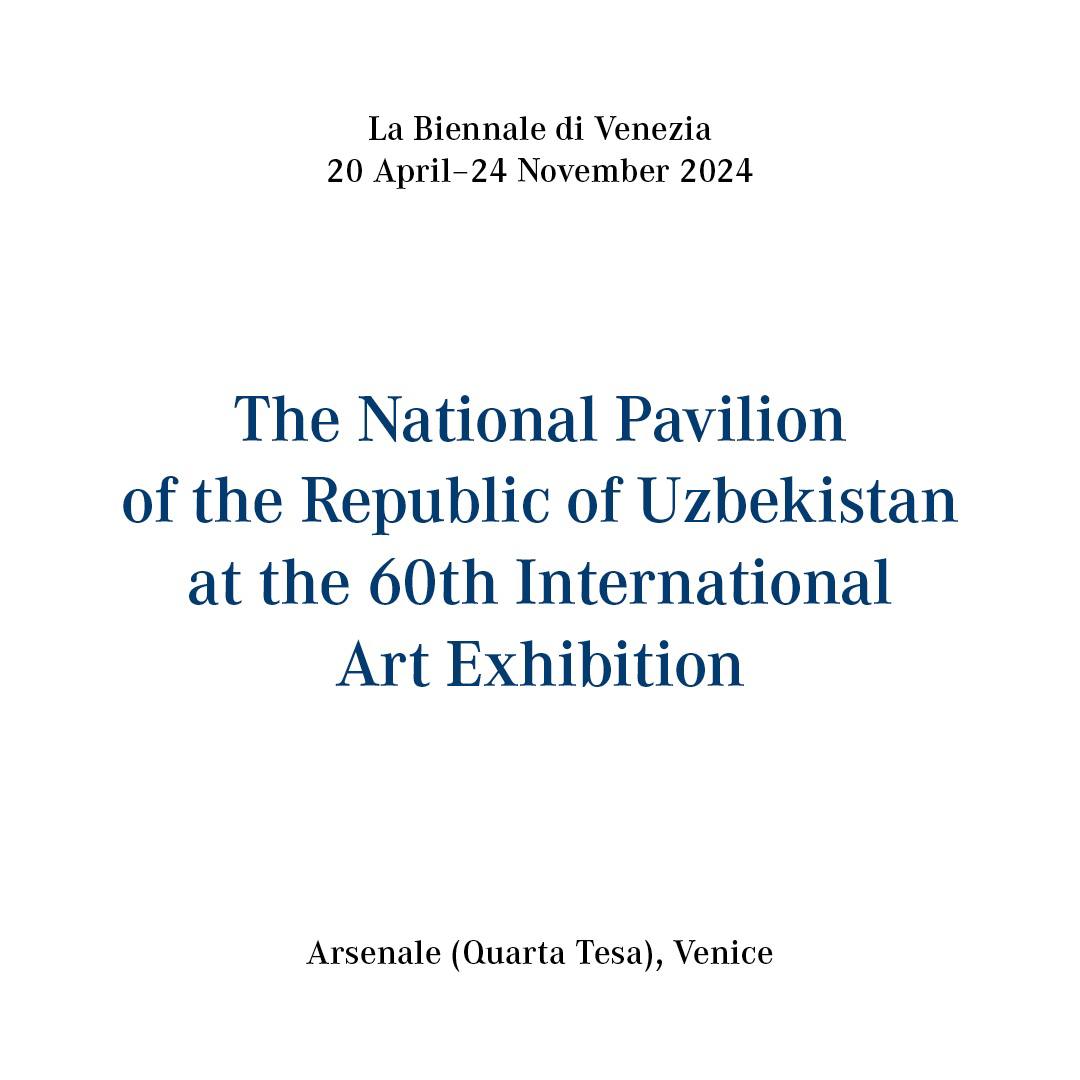March 2024— The Uzbekistan Art and Culture Development Foundation announces the participation of the Republic of Uzbekistan to the 60th International Art Exhibition — La Biennale di Venezia, running from April 20 to November 24, 2024. This year, the pavilion entitled “Don’t Miss the Cue”is curated for the first time by the Centre for Contemporary Art Tashkent, and sees the Uzbek artist Aziza Kadyrileading the project. The exhibition “Don’t Miss the Cue” will also feature a collaboration with the Qizlar collective, a Tashkent-based artists group.The key objects presented in the pavilion will be a series of embroideries handcrafted by the suzani master Madina Kasymbaeva. The central piece is a theater curtain, also created by Madina. Resonating with the theme of the 60th International Art Exhibition — La Biennale di Venezia “Stranieri Ovunque - Foreigners Everywhere”, set forth by the curator Adriano Pedrosa, the exhibition "Don’t Miss the Cue" addresses issues of belonging and identity through the experiences of women from Central Asia, offering insight into how they navigate and redefine themselves in the migration process."For me personally, the collaborative aspect of the creative process is a key moment where women's voices, representing various experiences — migration, transformation, and overcoming — come together. Together, we reinterpret ways of interacting with cultural and historical heritage, particularly textiles and costumes, traditionally associated with 'female' crafts — through the synthesis of art and technology as tools for exploring contemporary Uzbek identity," says artist Aziza Kadyri.The concept of the exhibition project "Don’t Miss the Cue"is directly related to the theme of the Biennale Arte 2024: entering the Tesa, visitors will embark on a complex migration journey, rethinking their personal experience through interaction with installations.
The exhibition creates an atmosphere of theatrical backstage, inspired by the Houses of Culture that were located throughout Eurasia in the early 20th century.
The theatrical setting comes to life through sculptures created from sketches of traditional costumes, complemented by audiovisual materials by the Qizlar Collective group of female artists. The project focuses on women's stories, collective practices, and the complex relationships between the physical body and the surrounding world."It is extremely important for us to reveal the theme of women's identity. The artistic meanings embedded in the project's concept are reflected in both the exhibition and the catalogue, where we strive to provide space for women's voices and experiences. Working together on the National Pavilion of Uzbekistan is an amazing and significant experience for the entire collective," says Anastasia Kurylova, Executive Director and Coordinator of Qizlar Collective.The exhibition also explores the interaction between technology and tradition. The characteristic Uzbek hand embroidery "suzane" is reinterpreted through artificial intelligence technology. The recognisable patterns of "suzane" processed by artificial intelligence lose their original appearance and are virtually unidentifiable. This combination not only reinterprets traditional patterns but also highlights cultural changes in the modern world. As a result, visitors can better understand the impact of technology on culture and identity by going through all installations, rethinking their personal experience in the process.The National Pavilion of Uzbekistan was first presented at the Biennale Architettura 2021, with Uzbekistan also participating in the Biennale Arte 2022 and the Biennale Architettura in 2023. In 2024, for the first time, the curator is the Centre for Contemporary Art Tashkent

